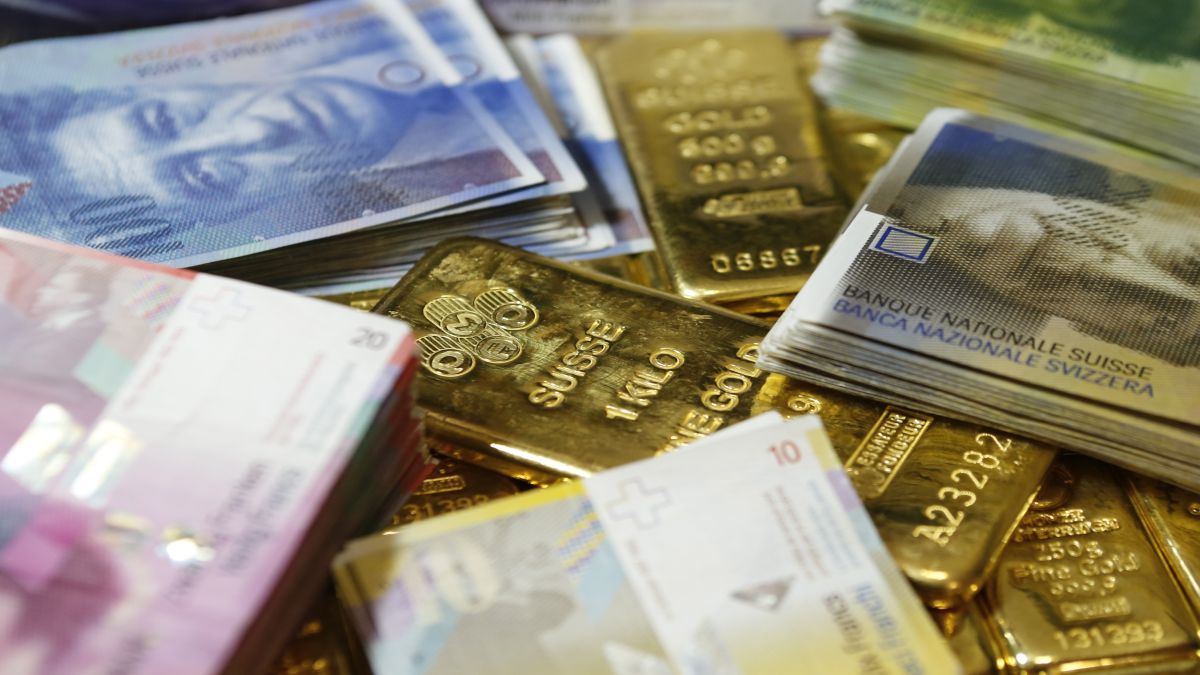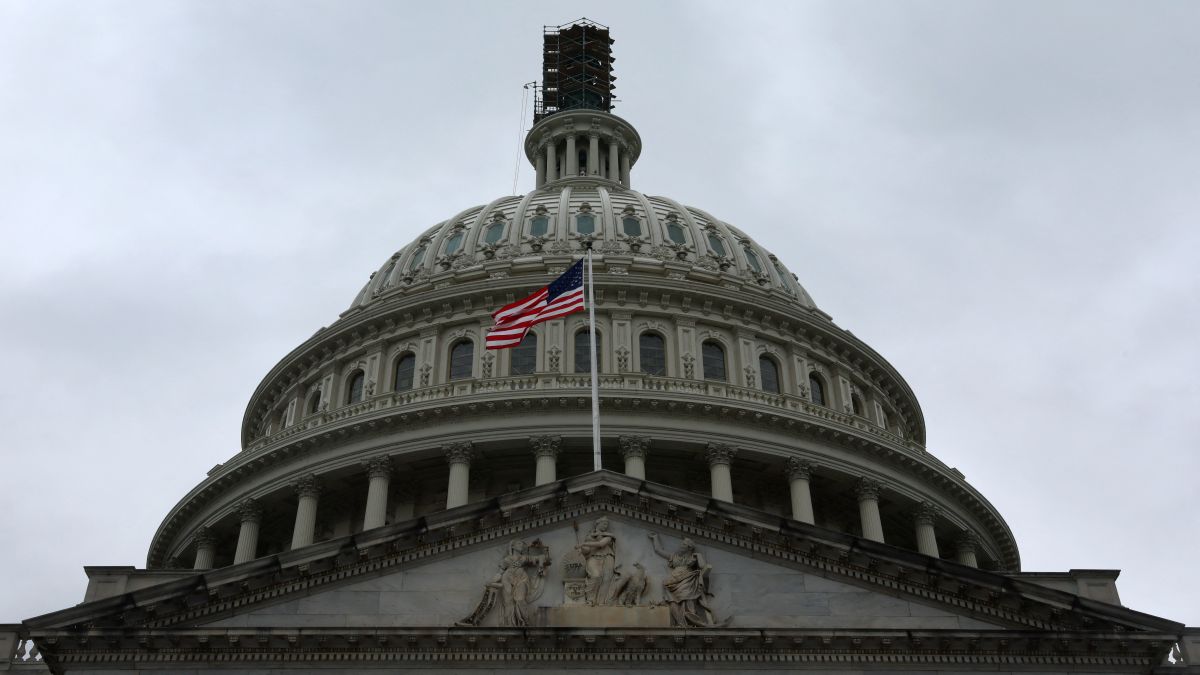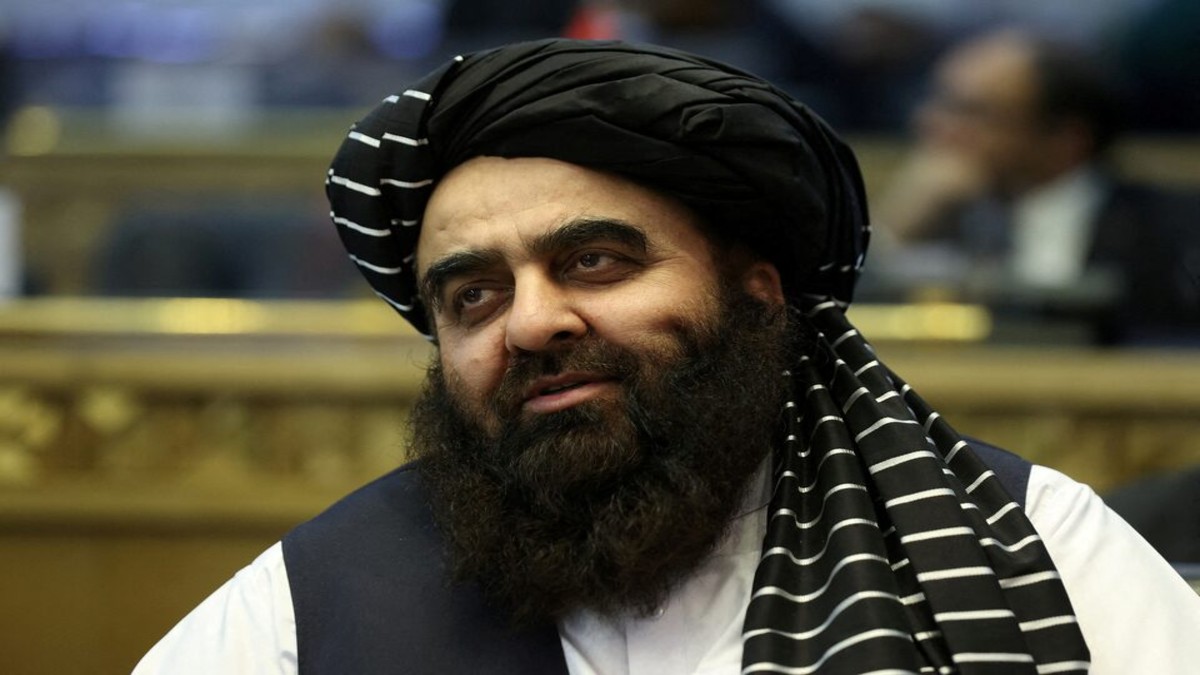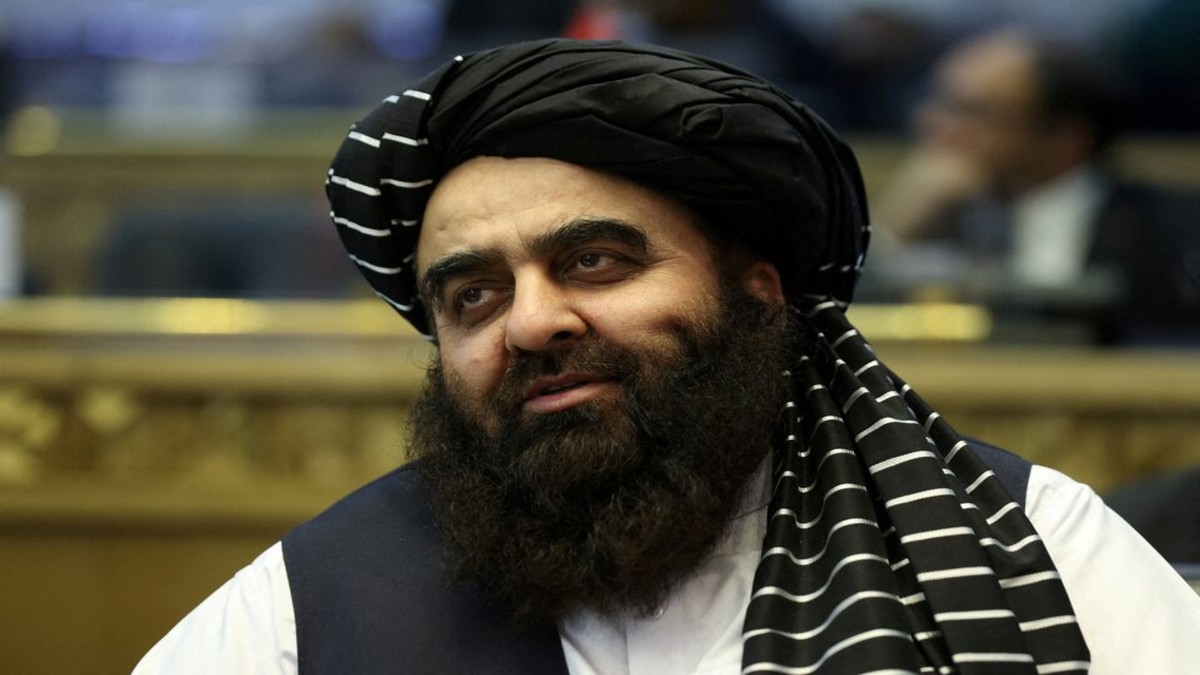The world’s oldest safe-haven asset is glittering brighter than ever.
As the US dollar loses some of its historic dominance and global uncertainty deepens, central banks — especially China’s — are piling into gold at an unprecedented rate.
With spot prices soaring past $4,000 per ounce and forecasts pointing to even higher levels, the question now isn’t just why gold is rising — it’s where all the gold is going.
China’s relentless buying spree
The clearest answer lies in Beijing. The People’s Bank of China (PBoC) has extended its gold-buying streak to an 11th consecutive month, according to data from the State Administration of Foreign Exchange.
In September alone, the PBoC added 40,000 ounces to its reserves, bringing total holdings to 74.06 million ounces, valued at about $283.3 billion, the South China Morning Post reported.
This steady accumulation is no small move — it’s part of a larger strategic shift to diversify reserves away from US Treasuries and reduce dependence on the dollar.
China’s total foreign exchange reserves stood at $3.34 trillion at the end of September, an increase of $16.5 billion month-on-month, but the composition is quietly changing.
Beijing’s decision to keep buying gold even amid record prices signals confidence that the rally is far from over — and that gold offers more stability than fiat currencies caught in political and fiscal turmoil.
A global shift away from the dollar
For decades, assets backed by the US dollar — notably Treasuries — have been considered the world’s safest investments.
But 2025 has turned that assumption on its head.
As the United States grapples with record fiscal deficits, repeated government shutdowns and a rising debt-to-GDP ratio, confidence in the dollar’s future has wavered.
Impact Shorts
More ShortsAccording to market analysis from Bookmap, the dollar’s once-unquestioned safe-haven status is eroding. “The US government is printing more money to cover these deficits,” the report notes, “fuelling fears of long-term dollar devaluation.”
As a result, global investors — from central banks to private funds — are diversifying into alternative assets like gold, the euro and even short-term sovereign bonds from politically stable nations such as Switzerland and Singapore.
This shift isn’t just a short-term reaction.
It’s part of a structural realignment in global finance. The rise of the Brics+ alliance and bilateral trade agreements in non-dollar currencies — particularly the Chinese yuan — have accelerated this move.
Nations from Russia to Saudi Arabia are increasingly settling commodity trades in local currencies, reducing reliance on the dollar-dominated system that has underpinned global trade for decades.
Gold outshines the Greenback
The decline in the dollar’s dominance has had an inevitable counterpart: a surge in gold’s allure. As uncertainty grows, investors have turned back to the one asset that has preserved value through centuries of crisis.
“Gold is certainly a better safe haven than the US dollar,” said Ray Dalio, billionaire founder of Bridgewater Associates, at the Greenwich Economic Forum this week, the South China Morning Post reported.
He recommended investors hold roughly 15 per cent of their portfolios in gold as an “optimal mix” against inflation and currency risk. His sentiment echoes those of other major investors, including Citadel’s Ken Griffin, who have also voiced scepticism about the dollar’s resilience amid Washington’s fiscal troubles.
Indeed, the data backs them up.
Gold prices have climbed more than 50 per cent in 2025, breaching the $4,000 per ounce mark for the first time in history. And with both the Federal Reserve expected to cut rates and Western ETFs seeing strong inflows, many analysts believe the rally is just beginning.
Goldman Sachs turns even more bullish
In a striking sign of confidence, Goldman Sachs raised its December 2026 gold price forecast to US$4,900 per ounce from $4,300, citing “continued central bank diversification” and “ETF inflows above expectations”, Reuters reported.
The bank’s analysts said they still see risks “skewed to the upside,” noting that the combination of a weaker dollar, lower US rates and persistent geopolitical risks could push gold prices even higher.
The investment bank expects central bank gold buying to average 80 metric tonnes in 2025 and 70 tonnes in 2026, hioghlighing the scale of the current accumulation trend.
In short: institutions that once parked their reserves in US government debt are now seeking the safety of tangible assets — and few are as tangible as gold.
Why central banks are buying and some aren’t
China’s buying spree is far from an isolated phenomenon.
Data from the World Gold Council (WGC) shows that global central banks made net additions of 15 tonnes to their reserves in August 2025. The National Bank of Kazakhstan was the largest single buyer that month, while countries like Poland and Turkey have also been active purchasers.
However, not every central bank is rushing to the vault.
The Reserve Bank of India (RBI), for example, has notably paused gold purchases for two consecutive months. India’s central bank has bought only 3.8 tonnes (134,000 ounces) of gold so far this year — a sharp slowdown from the 45.4 tonnes purchased during the same period in 2024, Times of India reported.
The RBI’s caution may reflect tactical positioning rather than a change in long-term strategy.
“The recent slowdown in buying does not necessarily signal that central banks as a whole are losing interest in gold,” the WGC emphasised.
Rather, high prices may be prompting some temporary restraint as central banks balance portfolio costs with diversification goals.
India’s gold holdings now stand at 879.98 tonnes, representing 13.6 per cent of its total foreign exchange reserves, up from 9.3 per cent last year.
In other words, even with slower purchases, the RBI’s gold share is rising — a subtle but telling shift.
A hedge against Washington
Part of gold’s renewed strength stems from politics — not only in Beijing and New Delhi, but in Washington itself.
The US government shutdown, now stretching into its second week, has frozen economic data releases and sown doubts about the country’s fiscal management.
For global investors, this dysfunction undermines one of the core pillars of dollar dominance: political reliability.
As Ewa Manthey, commodities strategist at ING, observed, “Central banks are still buying … geopolitical risks remain elevated, and ETF holdings continue to expand.” The message is clear — in a world of rising uncertainty, gold’s appeal is not just financial but institutional.
Gold has always been the “currency of last resort.”
But in 2025, that label feels more relevant than ever. Whether it’s trade wars, geopolitical tensions, or US fiscal gridlock, the underlying trend is the same: a loss of faith in the dollar’s long-term stability.
Beyond central banks
While official institutions are leading the charge, private investors are not far behind.
Western exchange-traded funds (ETFs) have seen sharp inflows this year, as households and hedge funds alike seek to hedge against inflation and market volatility.
The combination of retail demand, institutional diversification and central bank accumulation is creating a perfect storm for the gold market — one that has pushed prices up more than 50 per cent in a single year.
At current trajectories, some analysts suggest gold could even approach $5,000 per ounce before 2027 if macroeconomic headwinds persist.
With the Federal Reserve expected to cut interest rates by 100 basis points by mid-2026, the opportunity cost of holding non-yielding gold is shrinking, further reinforcing its appeal.
End of dollar monopoly?
The broader implication of this gold rush extends well beyond commodity markets.
It signals a potential rebalancing of global monetary power. For decades, the dollar has been the dominant store of value, unit of account and medium of exchange for international trade.
But as countries diversify their reserves and bilateral trade deals increasingly bypass the greenback, gold is reasserting its historical role as the universal reserve asset.
The trend is especially pronounced in emerging markets, where central banks are using gold not only as a financial hedge but also as a symbol of sovereignty — a way to insulate themselves from dollar-based sanctions and US-centric market swings.
A new monetary order emerging
If 2024 was the year gold began to rise, 2025 is the year it began to redefine the financial landscape. Central banks are diversifying. Investors are reallocating. And even traditional Wall Street giants are admitting that the dollar’s supremacy is under strain.
To be clear, the greenback remains the world’s most traded currency and a cornerstone of global finance. But its unchallenged reign as the ultimate safe haven is slipping. Gold’s rally — driven by both central banks and private investors — is not merely about price. It’s about trust, and who commands it.


)

)
)
)
)
)
)
)
)



